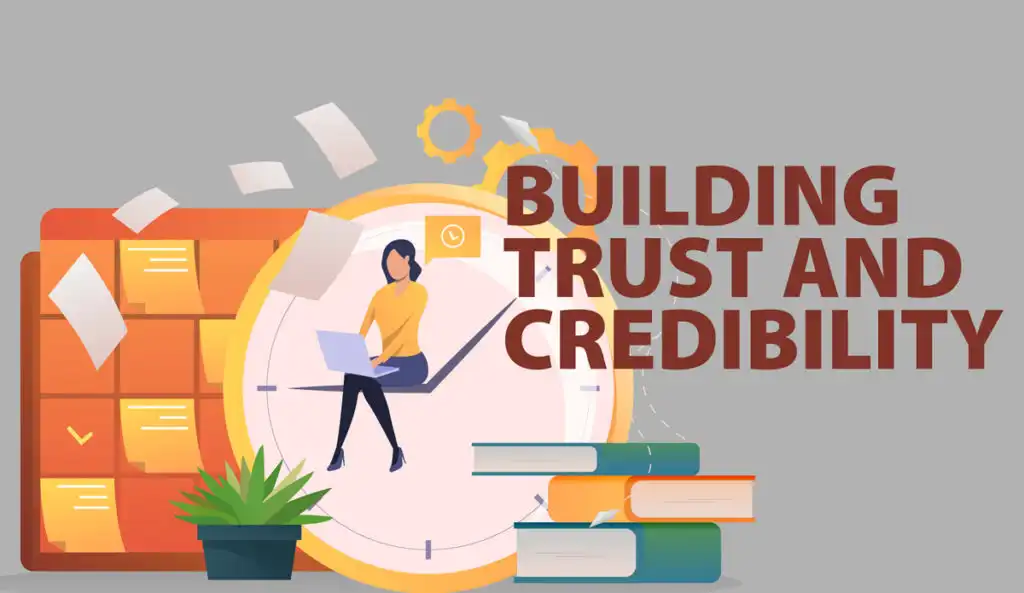
The great digital rush: strong case for technology thought leadership
30 June 2020
Panchalee Thakur
In a matter of days, we saw businesses settle into a remote working mode, schools pull students to online classrooms, more doctors offer virtual consultations and fitness instructors stream workout sessions live.
But now that the prospect of returning to pre-Covid-19 days is still remote, there is a need to think beyond how I can use digital technologies to how best I can do it.
Business leaders are now wondering what more they need to do in the long term. How can they improve the productivity of employees working from home? What must they do to constantly evolve their security posture to keep cyberthreats at bay? What do they need to improve on the collaboration capabilities of remote teams? Or how can they enhance the employee or user experience?
They are looking for not just guidance and insights on the right tools or applications to use, but also stories of resilience and leadership to inspire them on the rough road ahead.
This is the time for technology thought leaders to offer educated opinions, direct new thinking, challenge old beliefs and shatter myths.
Indeed the big story playing out on the side lines of Covid-19 is digital transformation. As a technology player, are you going to be a protagonist in the story? Or are you going to be in the footnotes?
The role you play – or how successfully you distinguish your voice as a champion of digital technology – will to a large extent hinge on a well-planned and well-executed strategy around thought leadership.
Role of a thought leader: educate, guide, persuade, inspire
A thought leader is a figure of knowledge and authority in her or his area of specialisation whose word carries weight. An organisation could have a number of thought leaders. A company into automation technology could position its CEO as a thought leader on how automation is shaping economies and industries, its CTO as an expert on the nuts and bolts of an automation transformation journey, and its HR head on company culture and the future of work.
Why is thought leadership more relevant now? Here are three reasons:
- Extending guidance and clarity: As organisations continue on their digital transformation journey, they are looking for direction and insights from those who have better clarity and understanding of technology than them.
Thought leadership in these times must address the needs and concerns of both businesses that are in the early stage of technology adoption and those at a mature stage who want to now move to the next level. A traditional business may need guidance on the safeguards it needs to implement to allow its employees secure remote access of the office network. However, a digitally-enabled company may be looking for best practices on how to improve the way its teams share ideas, be creative and collaborate remotely.
Providers of digital technologies are also early adopters of these technologies. And hence, thought leadership from them can also focus on their own learnings from that journey.
In this interview, the CEO of Dell India talks about making the company 100 percent remote working enabled much before Covid-19 and addressing customers’ remote working challenges now.
2. Boosting trust and confidence: With uncertainty comes scepticism, wariness, fear and even panic. Your customers, partners, employees and other stakeholders are receiving a deluge of information from different sources. Some of it could be misinformation or half truths that lend a lop-sided understanding of a subject.
Leaders must fill this information gap by offering alternative standpoints, dissipate negative sentiments and restore confidence. One burning issue that is causing ambiguity and confusion in people’s minds these days is the question of data security as governments push citizens to sign up for contact tracing mobile apps.

The Group CEO of DBS Bank tackles these tricky questions of data privacy, individual freedom and the larger public good in the context of contact tracing in this blog.
- Offering inspiration: When the going gets tough, we look for ideas that will inspire us and challenge us to work harder and pull through. Thought leadership in these times must hence look to kindle hope and motivate professionals to work out of the crisis.
Do you have stories of resilience and leadership that will find resonance across sectors? How about examples that show the human side of your enterprise? Highlight stories of your employees going beyond their call of duty to service customers or instances of everyday creativity and innovation that are making remote working productive and fun.
However, one must remember to be sensitive and adopt the right tone. This is not the time to brag about what a company has achieved but instead offer lessons from its experience that others can emulate.
At a time when leaders are distressed over how to keep employee morale high, this open letter by the CEO of Starbucks to the company’s employees shows how to win with emotional intelligence.
Tweak your thought leadership strategy
Thought leadership has been an important aspect of the B2B marketing strategy of most companies. Read this blog in which I have laid out the essentials of a successful blogging strategy. With Covid-19, marketers must tweak the strategy to make it more relevant to these times.
- The themes: Think through the content buckets that you had already created and reassign importance based on what is time sensitive for today’s environment. While prioritising themes, break them further into topics focused on business, technology, people and community.
- The content: Time is of the essence, and hence the thought leadership generation engine has to work at full steam. Think of how best to repurpose already published content for today. Make opinion pieces evidence-based, either with the company’s own research or by using reputed, third-party sources. Include recommendations, provide step-by-step guides and advise on what to watch out for.
- The audience: Create buyer personas and set goals before you make any changes. Identify what your customers want to know about; make it about their needs and not what you have to offer.
- The message: Ultimately the advice that comes from a business leader will most likely benefit the company in some way. But keep your business messaging subtle and instead offer honest views and valuable guidance on issues that concern your customers.
- The channel: Covid-19 has wiped events calendars clean, leaving senior executives with limited opportunities to address external stakeholders. Placing an article in the media is also extremely difficult now since space is being devoted primarily to Covid-19 related developments. Focus on maximising digital channels for publishing thought leadership content and use social media platforms to amplify it.
Thought leadership provides an avenue to engage with the external audience in a meaningful way. It must be backed by a strategy that captures the pulse of the moment and deftly shapes public discourse without diluting the organisation’s goals and core messaging. As we work our way through the pandemic, leaders must seize this opportunity to offer clarity and depth to conversations around digital transformation and champion technology adoption.
